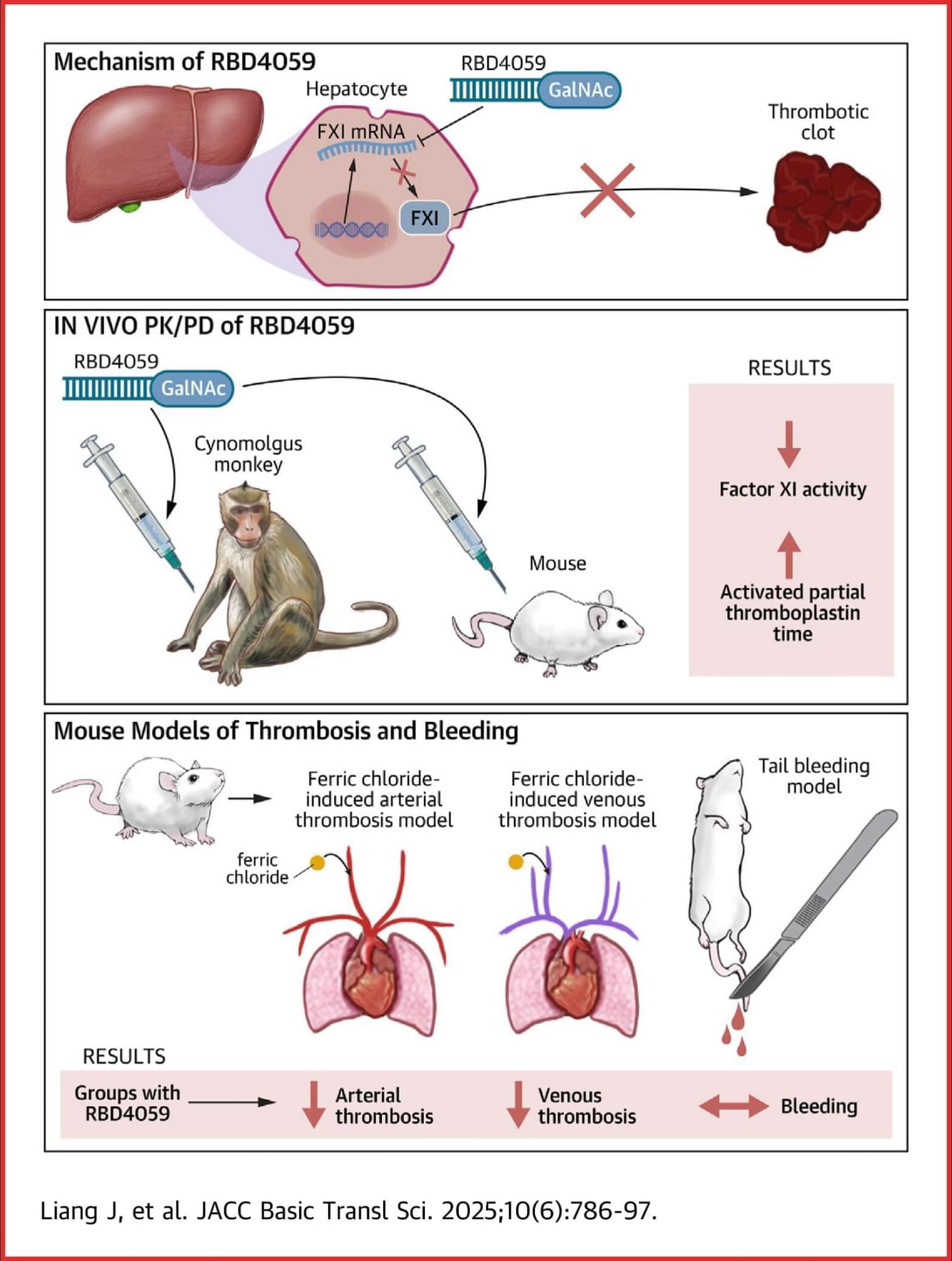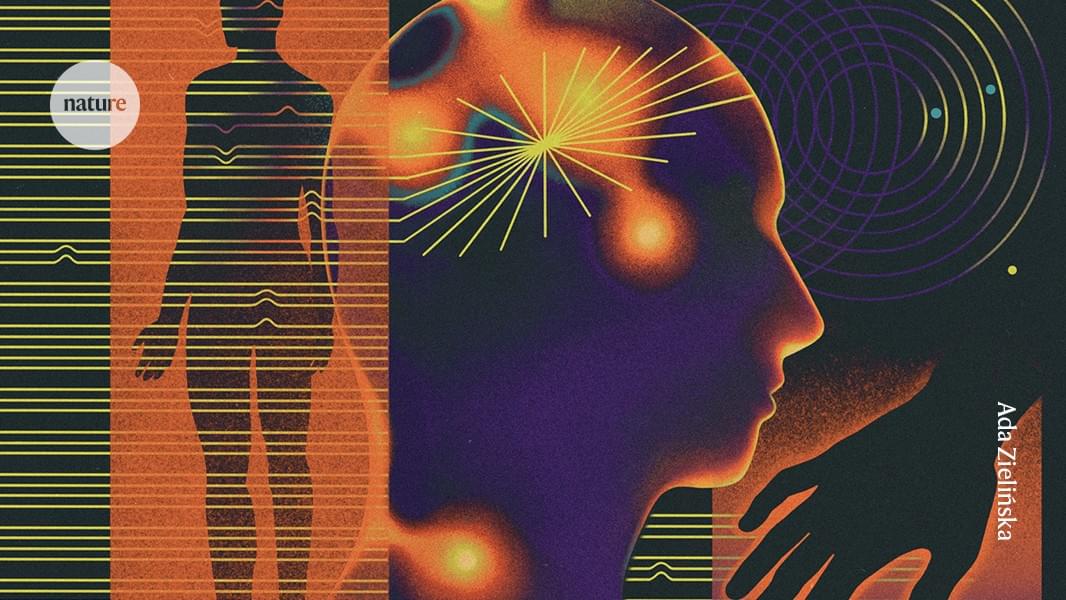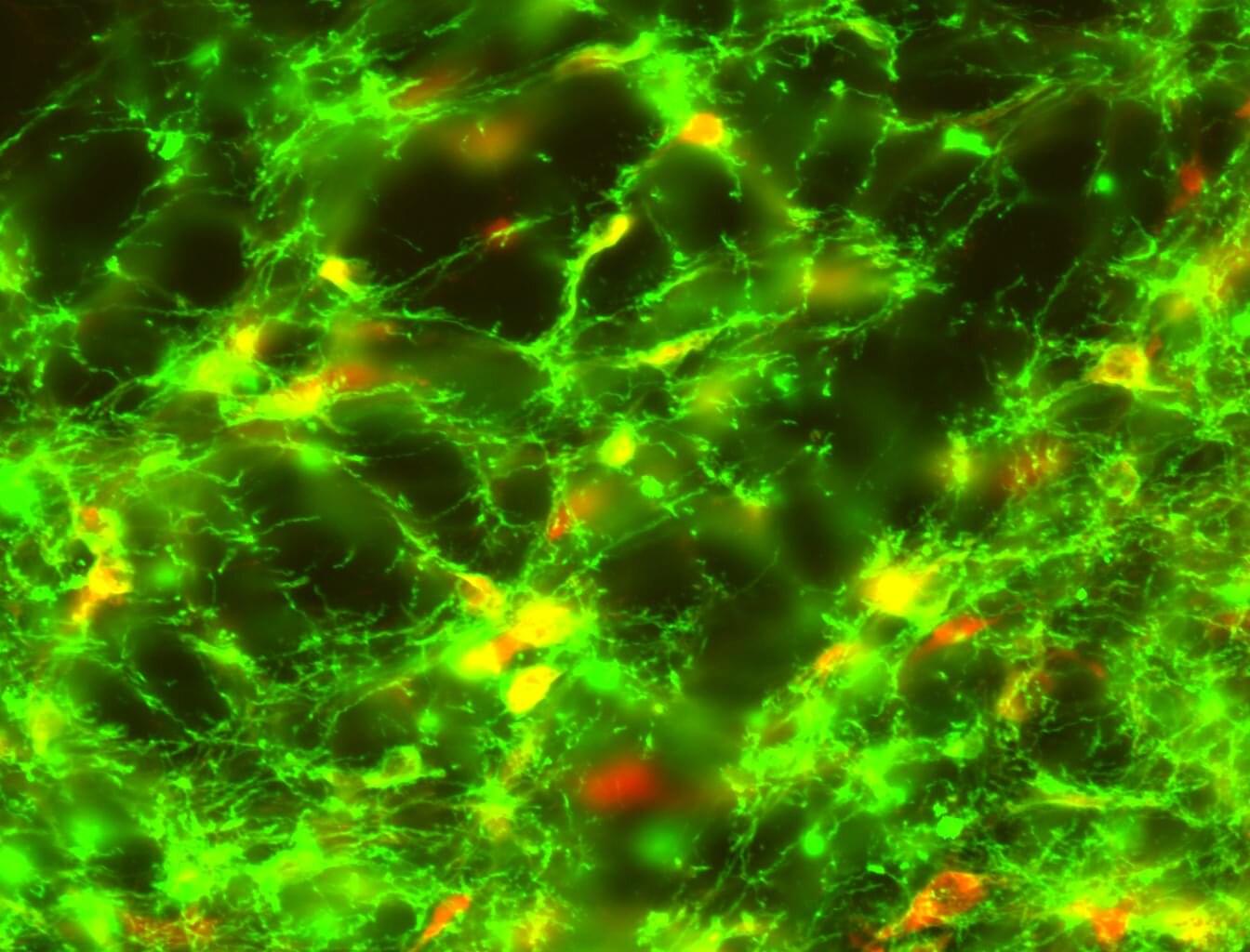Abacus Market, the largest Western darknet marketplace supporting Bitcoin payments, has shut down its public infrastructure in a move suspected to be an exit scam.
Exit scams occur when the operator of a marketplace decides to vanish with the money they hold in escrow for various transactions between platform users.
Blockchain intelligence firm TRM Labs reports that Abacus shutting down so abruptly has all the indications of either an exit scam or a covert law enforcement operation dismantling the activity.









